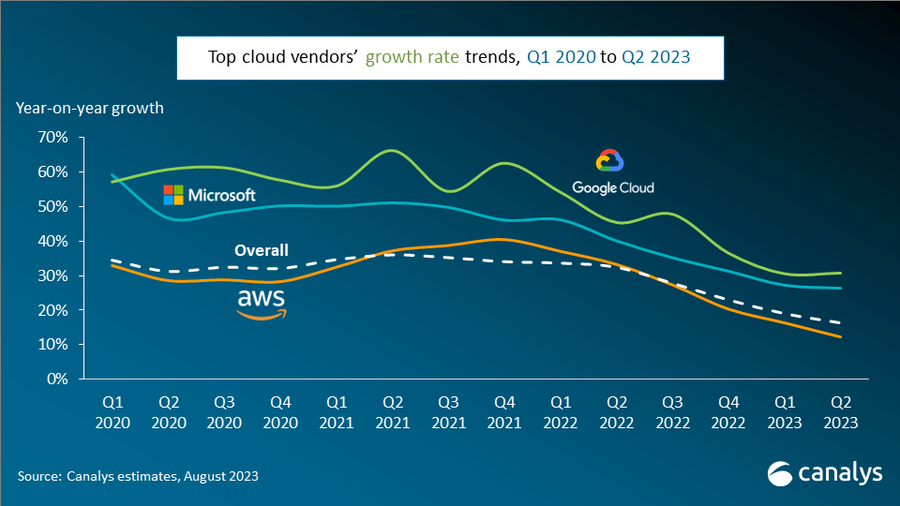Universal Cloud Service: Trusted and Reliable Solutions for Your Organization
Universal Cloud Service: Trusted and Reliable Solutions for Your Organization
Blog Article
Achieve Seamless Scalability With Cloud Provider
In the ever-evolving landscape of cloud solutions, accomplishing smooth scalability stands as a keystone for modern organizations seeking to remain competitive and versatile. The mission for seamless scalability with cloud services reveals a globe of possibilities for those willing to embrace the transformative power of vibrant resource monitoring.
Benefits of Cloud Scalability
Cloud scalability provides organizations the flexibility to dynamically readjust sources based upon need, ensuring optimum efficiency and cost efficiency. One key benefit is the ability to range resources up or down rapidly in response to rising and fall workloads. This dexterity allows companies to meet altering client needs without over-provisioning resources, inevitably leading to set you back financial savings. Scalability additionally improves efficiency by making certain that systems can take care of boosted web traffic or workload without experiencing downtime or downturns. By effectively designating sources, companies can preserve high degrees of efficiency during peak times without unneeded expenses during quieter periods. Furthermore, cloud scalability advertises innovation and experimentation by permitting companies to conveniently examine originalities and scale them as required. This flexibility encourages a society of constant renovation and adjustment, making it possible for companies to remain affordable in a swiftly progressing market landscape. Ultimately, the benefits of cloud scalability extend beyond expense financial savings to incorporate better efficiency, dexterity, and advancement.
Secret Attributes for Scaling
Reliable scaling in cloud services depends on essential features that allow companies to change resources dynamically based upon demand. One important feature for scaling is flexibility, permitting resources to scale up or down in feedback to changing work. This ensures that companies can satisfy performance demands without over-provisioning resources. An additional essential function is scalability, enabling systems to deal with raised workload by adding sources seamlessly. This feature is critical for suiting development without jeopardizing efficiency. In addition, automation plays a crucial duty in scaling by automating the provisioning and de-provisioning of sources based upon predefined policies. Automation minimizes human intervention, boosts efficiency, and guarantees rapid feedback to altering demands. Tracking and analytics devices are likewise crucial for scaling, supplying insights into resource use, efficiency metrics, and potential bottlenecks. These devices enable companies to optimize and make informed choices resource appropriation for effective scaling. Overall, these essential functions jointly encourage companies to attain smooth scalability in cloud services.
Carrying Out Auto-Scaling Approaches
To properly enhance resource allotment and adapt to varying work, organizations should strategically implement auto-scaling techniques in their cloud services infrastructure. Auto-scaling allows systems to automatically adjust the variety of calculate resources based upon real-time need. There are numerous auto-scaling approaches that organizations can use, such as predictive scaling, which utilizes historical information to forecast future resource see this website needs, and responsive scaling, which reacts to current workload adjustments.

Finest Practices for Scalability
For organizations intending to improve their scalability in cloud services, implementing ideal techniques is critical for optimum performance and resource management. One key finest practice is designing applications with a microservices style. This method breaks down applications right into smaller, independent solutions that can be deployed, updated, and scaled independently, enabling for greater flexibility and scalability.
An additional crucial method is making use of containerization modern technology, such as Docker or Kubernetes. Containers make it possible for the product packaging of applications and their dependencies into isolated devices, making it much easier to scale elements individually and release them regularly across different environments.
Furthermore, applying automated release and facilities as code (IaC) can enhance scalability initiatives (linkdaddy cloud services). Automation devices like Terraform or Ansible read aid in provisioning and taking care of resources efficiently, lowering hands-on errors and allowing quick scalability
Furthermore, keeping track of efficiency metrics, establishing up informs, and conducting normal capability preparation are vital practices to ensure positive scalability monitoring. By adhering to these best methods, companies can attain seamless scalability in their cloud services while maximizing performance and source usage.
Surveillance Performance Metrics
When assessing the efficiency of cloud services scalability, carefully checking efficiency metrics is imperative for making sure optimum performance and source appropriation. By continually tracking essential efficiency indications (KPIs) such as reaction times, throughput, resource, and latency usage, organizations can obtain useful insights into the health and wellness and performance of their cloud framework. Keeping an eye on efficiency metrics permits the very early detection of prospective traffic jams or problems that might impact scalability, making it possible for positive actions to be taken to address them prior to they rise.

Verdict
In final thought, attaining smooth scalability with cloud solutions is vital for organizations to maximize efficiency, boost technology, and preserve high performance degrees throughout peak times. By leveraging the benefits of cloud scalability, carrying out auto-scaling techniques, using key features such as flexibility and automation, and following best techniques like application style and efficiency surveillance, services can efficiently scale their systems while maximizing source application and performance.
The quest for seamless scalability with cloud services reveals a globe of possibilities for those eager to welcome the transformative power of vibrant resource monitoring.
Cloud scalability uses companies the flexibility to dynamically readjust resources based on demand, making sure optimum performance and price efficiency. One more crucial function is scalability, making it possible for systems to handle raised work by including resources flawlessly.For organizations intending to enhance their scalability in cloud services, executing finest methods is important for ideal performance and resource monitoring.When evaluating the performance of cloud services scalability, closely monitoring efficiency metrics is necessary for making certain optimal capability and source appropriation.
Report this page